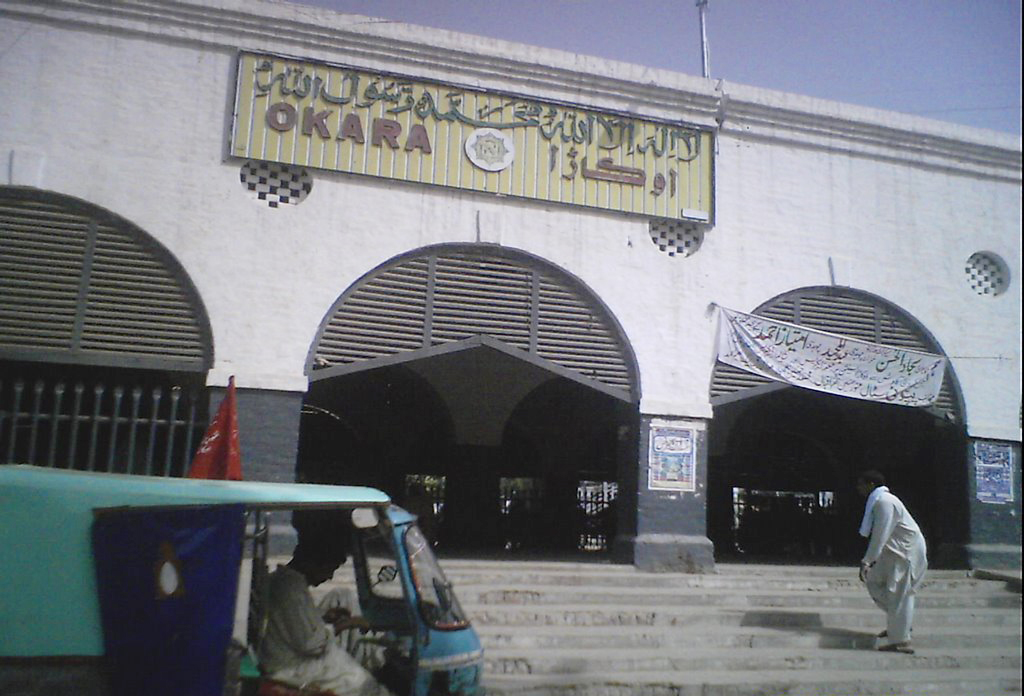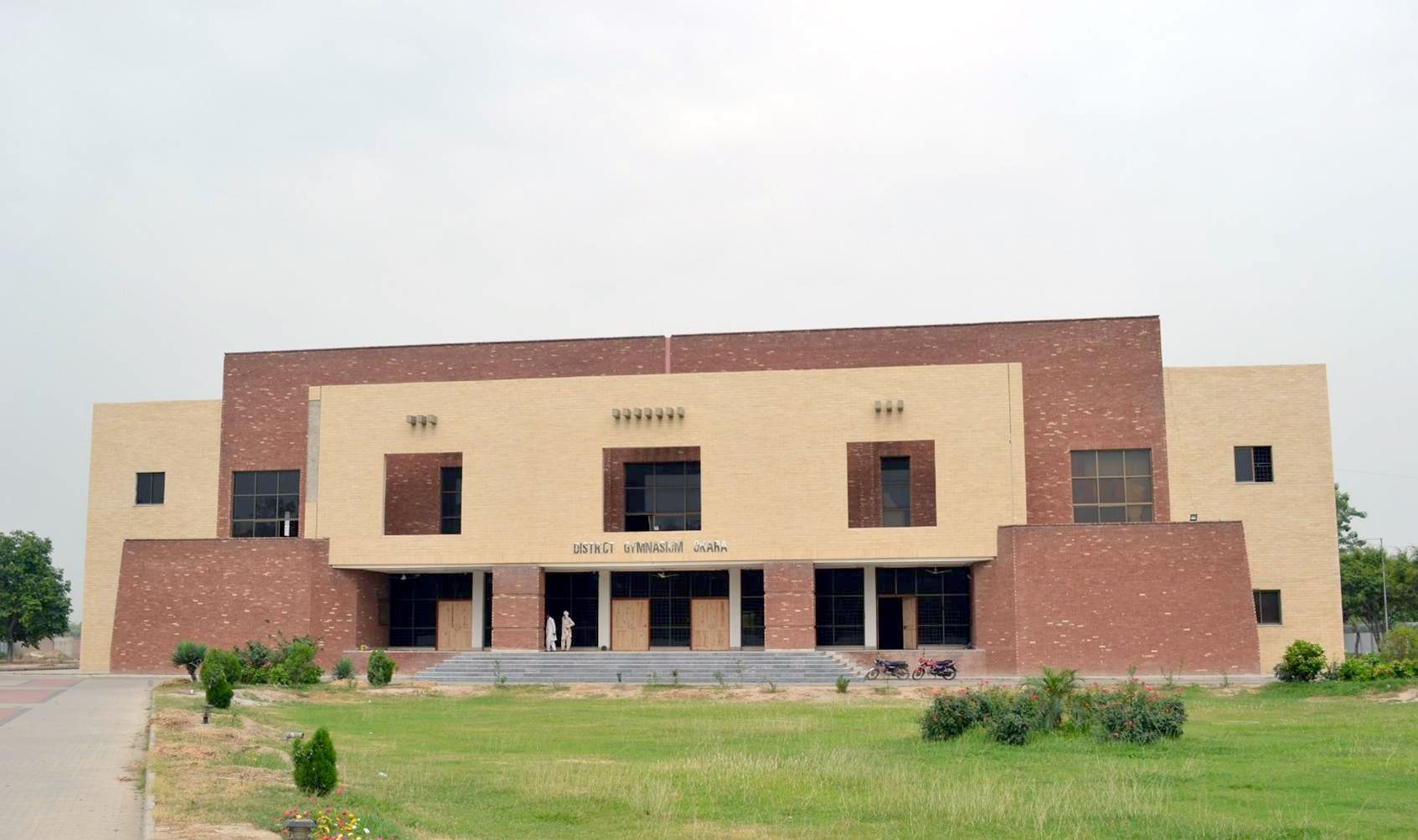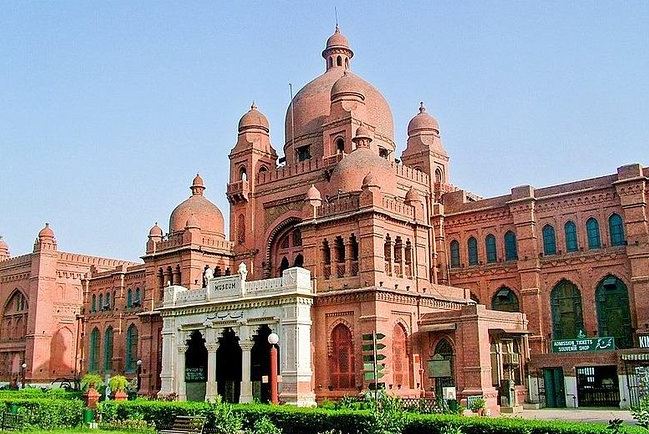
About the Okara
A Blend of Agriculture, History, and Evolving Urban Spirit
In the heart of Punjab, Pakistan lies the serene and steadily developing city of Okara. Known widely as an agricultural powerhouse, Okara has emerged as a region that blends tradition and modernity in a distinctly Pakistani way. While it may not command the same national spotlight as Lahore or Islamabad, Okara’s role in the country’s agricultural output, cultural heritage, and historical relevance makes it a vital piece of Pakistan’s socio-economic landscape.
From the vibrant green fields that stretch across its countryside to the bustling markets that line its urban quarters, Okara embodies the essence of rural resilience paired with modern ambition. The city is particularly famous for its rich dairy and agricultural industries, and it has earned the reputation of being the “Milk Lake of Pakistan” due to its high milk production and the thriving livestock sector. But beyond the agricultural achievements, Okara is also home to rich traditions, local crafts, historical sites, and a community rooted deeply in values and simplicity.
Its people are known for their hospitality, hard work, and deep connection to the land. Their lifestyle, influenced by both rural and urban characteristics, reflects a spirit of adaptability. Over the decades, the city has witnessed significant development in infrastructure, education, and public services, transforming from a primarily agrarian district into a hub of progressive activity.
Geographical Setting and Environment
Okara is situated in the eastern part of Punjab, bordered by districts such as Sahiwal, Faisalabad, and Kasur. It lies approximately 120 kilometers from Lahore, the provincial capital, making it easily accessible and strategically placed for trade and communication. The city is part of the larger Bari Doab region, lying between the Ravi and Sutlej rivers, which contribute significantly to its fertile soil and abundant water resources.
The geography of Okara is predominantly flat, with fertile plains extending in all directions. These plains have made the district ideal for large-scale farming. The city and its surrounding areas are interspersed with irrigation canals and water channels that support agricultural operations year-round. The weather in Okara is characteristic of central Punjab, with hot summers, a monsoon season, and mild winters. The average rainfall and favorable climate allow for the cultivation of a wide variety of crops, which in turn supports a thriving agro-based economy.
The proximity to the rivers and a well-maintained irrigation system make Okara one of the most agriculturally productive areas in Pakistan. This natural abundance is complemented by modern farming techniques, the use of technology, and cooperative efforts by farmers who form the backbone of the local economy.
A Historical Glimpse
The history of Okara stretches far beyond its current boundaries and administrative structures. While the city as we know it today gained prominence during the British colonial era, the region has been inhabited for centuries. The name “Okara” is believed to be derived from the Okaan tree, a native species that once grew in abundance in the region. This tree symbolized the resilience of the land and later lent its name to the city.
Before the colonial period, Okara was part of a vast rural network under the rule of various local and regional powers, including the Mughals and earlier the Ghaznavids. The area was primarily a land of small villages and farming communities, each governed by local chieftains and traditional systems. The people of Okara, much like the rest of Punjab, were deeply attached to their land and traditions, practicing agriculture as a way of life and passing down customs through generations.
With the arrival of the British Empire in the 19th century, the face of Okara began to change. The British recognized the agricultural potential of the region and introduced modern irrigation systems, including the Lower Bari Doab Canal, which transformed vast stretches of arid land into green, productive fields. This laid the foundation for the modern-day agricultural success of Okara.
The colonial rulers also built administrative offices, railway lines, and basic infrastructure, helping to centralize governance and integrate Okara into the broader economic map of British India. The introduction of the railway played a pivotal role in boosting trade, allowing farmers and traders to transport their produce to major cities like Lahore and Multan.
Okara and the Independence Movement
Okara played a modest but noteworthy role in the Pakistan Movement, as the people of Punjab were among the most politically active communities in British India. Local leaders, students, and farmers from Okara contributed to the demand for a separate homeland for Muslims. Their participation in rallies, protests, and political activities helped shape the course of events that led to the creation of Pakistan in 1947.
The Partition of India brought significant changes to Okara. A large number of Muslim families migrated to the region from India, while many non-Muslims migrated to the other side of the border. This demographic shift led to the establishment of new settlements, neighborhoods, and markets, transforming the socio-cultural landscape of the city. Refugees brought with them new traditions, skills, and energy, contributing to the economic and cultural growth of Okara in the years that followed.
Post-Independence Growth and Development
Since independence, Okara has grown steadily both in population and in economic terms. As Pakistan began to invest in its agricultural sector, Okara benefited immensely from these developments. Government support, irrigation schemes, and agricultural research centers helped modernize farming techniques, making Okara a model district for agricultural development.
One of the most significant developments in Okara’s post-independence history is the rise of its livestock and dairy industry. The city has emerged as one of the largest milk-producing areas in Pakistan, with thousands of dairy farms operating in and around the district. These farms not only meet local demand but also contribute to the national supply chain, making Okara a key player in the dairy economy.
Education and healthcare have also seen significant improvements. Numerous schools, colleges, and vocational institutes have been established, empowering the youth and improving literacy rates. Similarly, the construction of hospitals and clinics has enhanced the quality of healthcare available to residents. The presence of both public and private institutions ensures that a wide spectrum of services is accessible to the population.
Address: RF73+G9C, Okara, Pakistan








